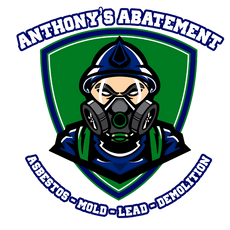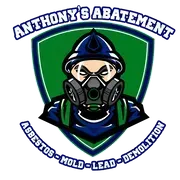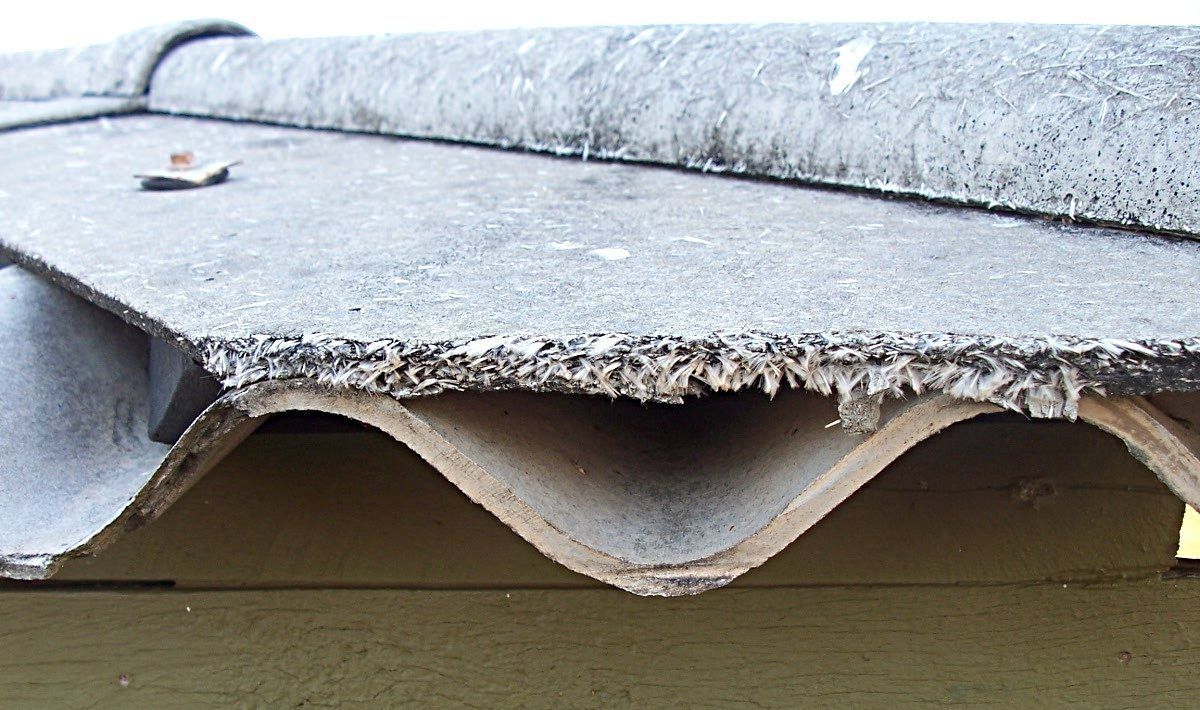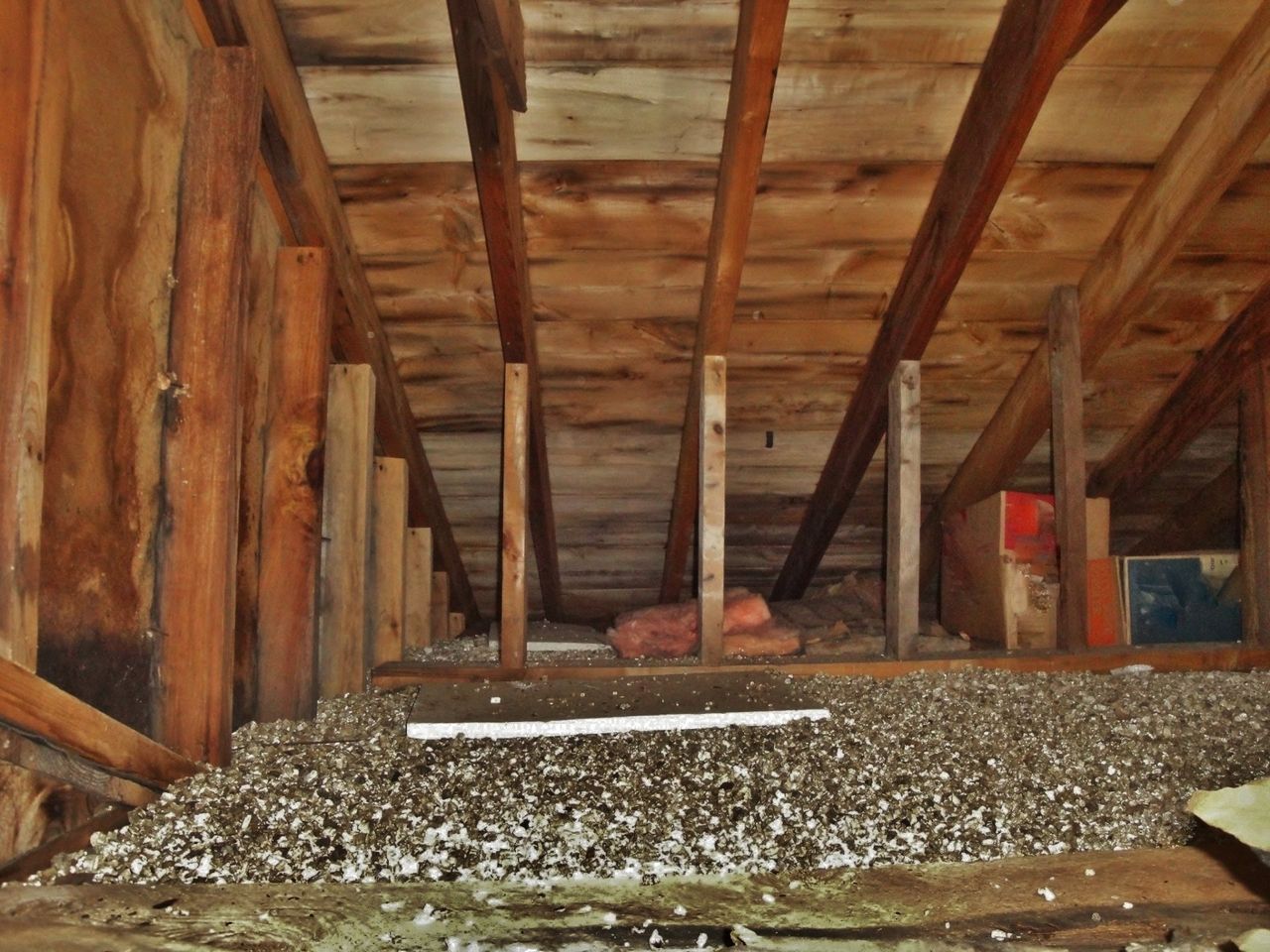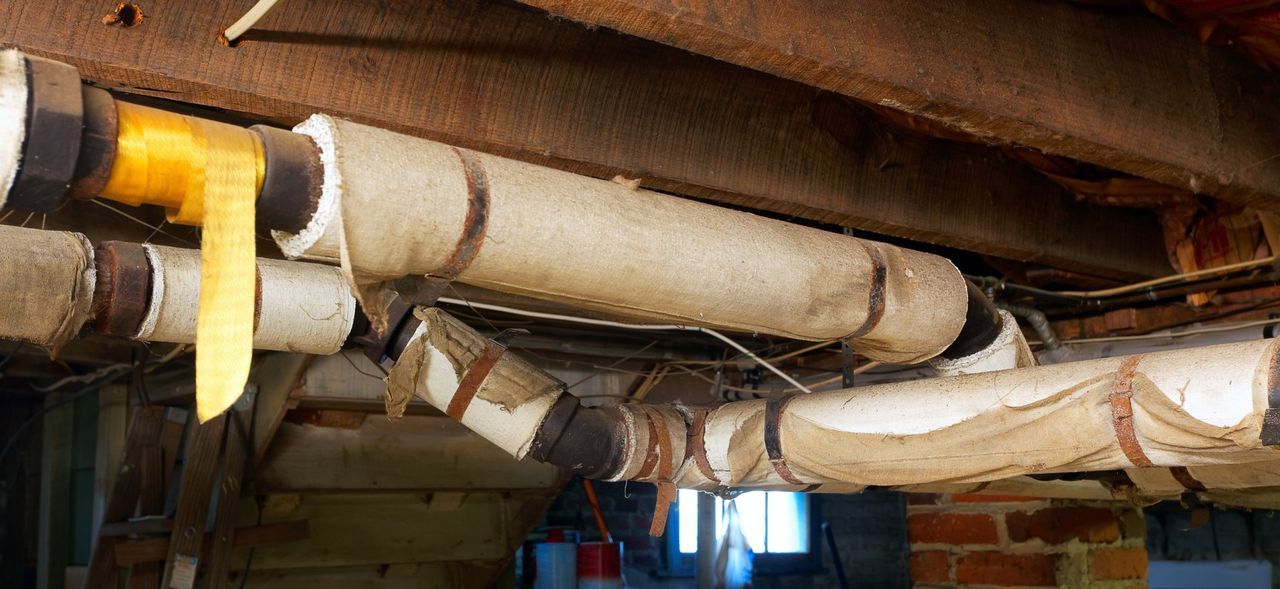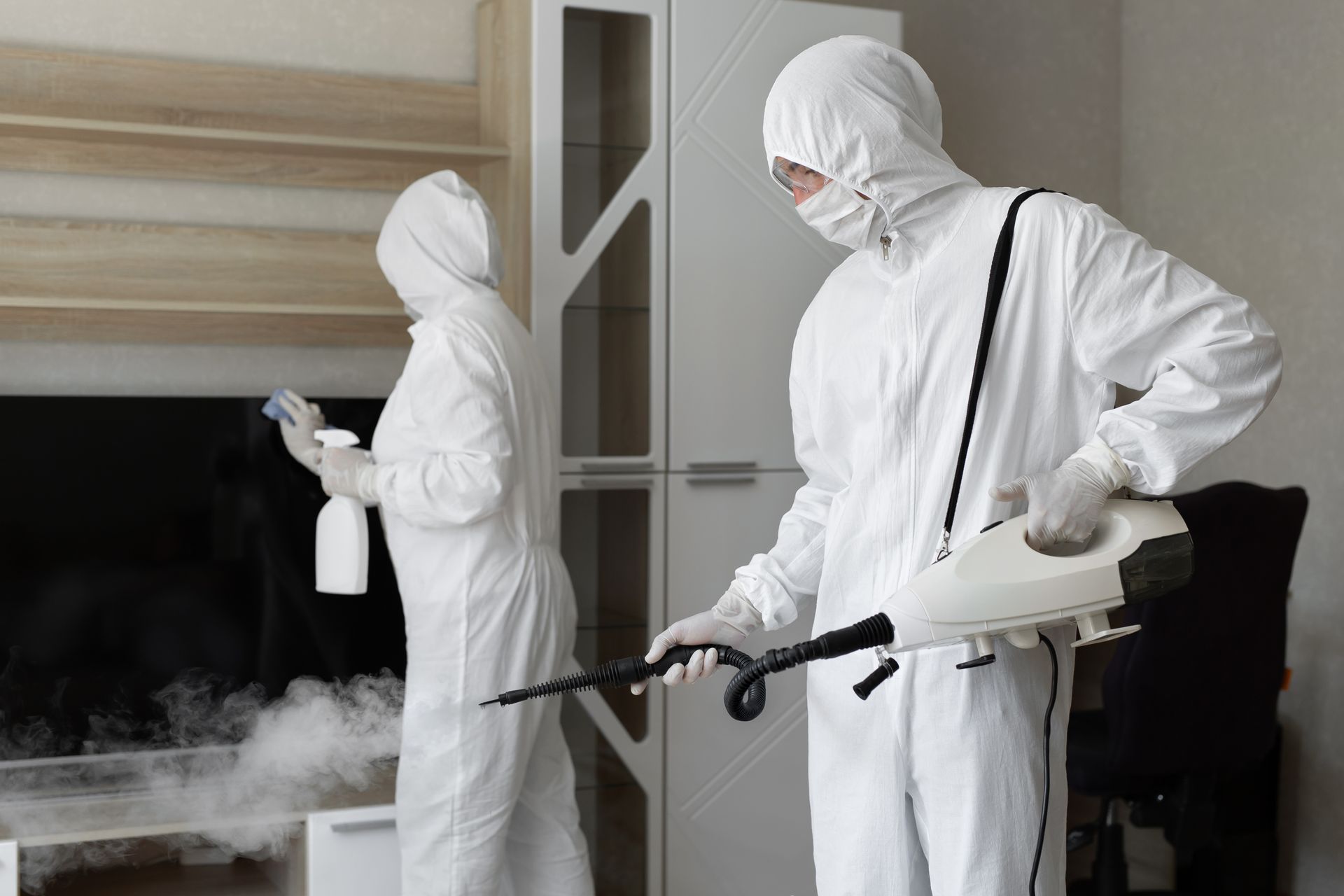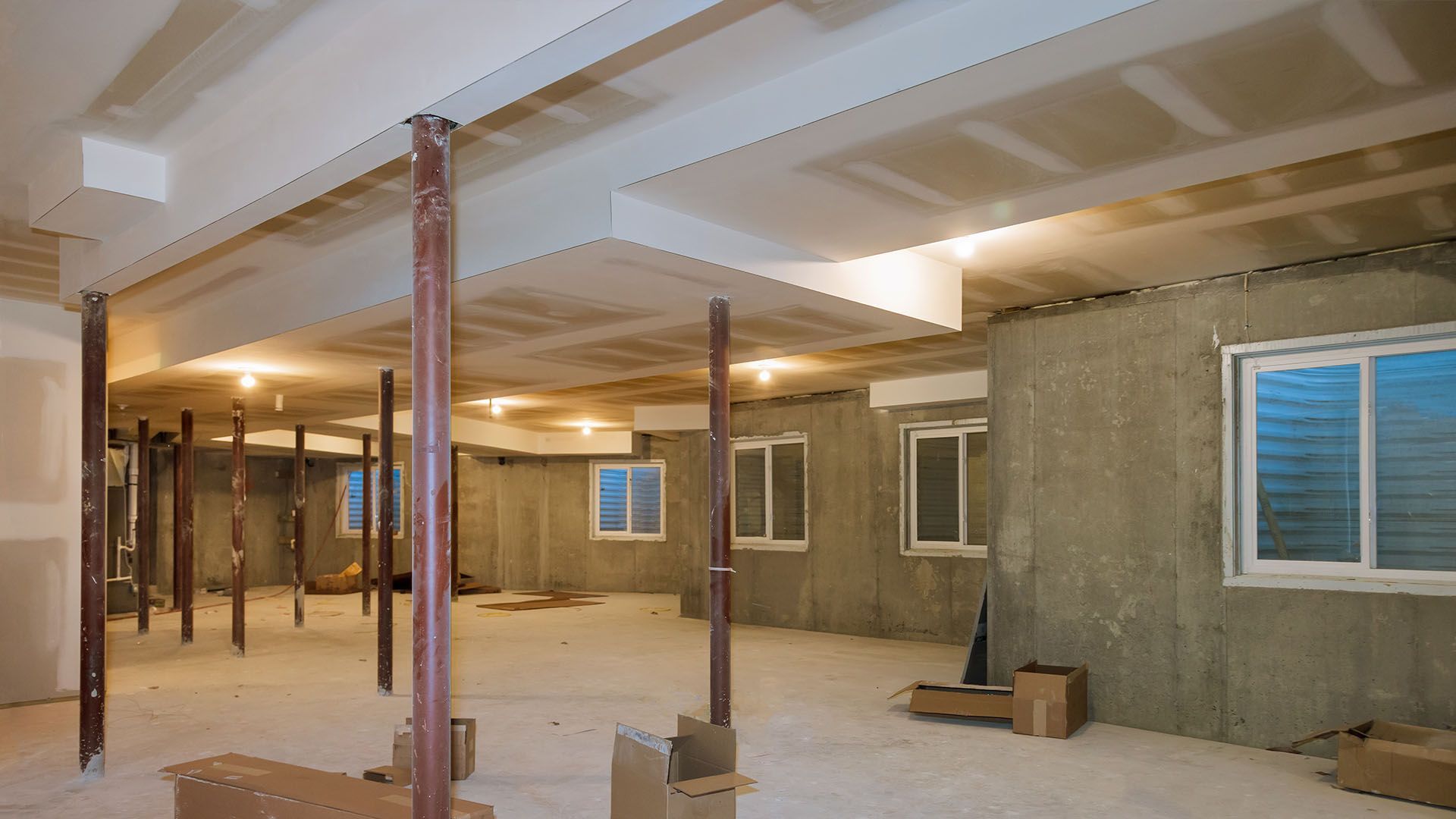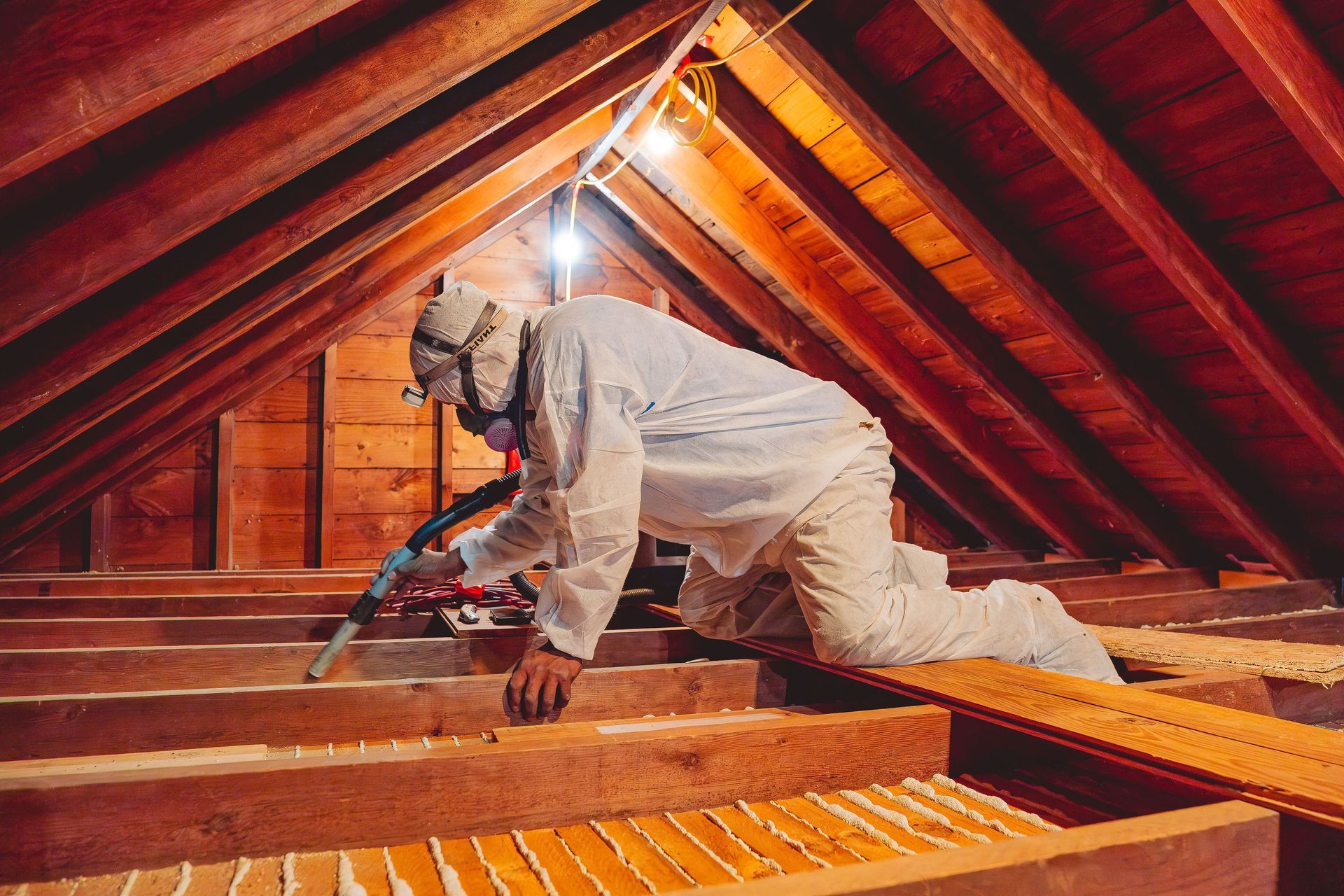What Does Asbestos Look Like? A Practical Guide
Curious about “what does asbestos look like”? This guide covers its visual indicators and characteristics to help you identify asbestos in your home.
Key Takeaways
- Builders often used asbestos in building materials from the 1940s to the 1970s. It can be extremely harmful if its fibers get into the air. This shows how important it is to find and handle asbestos safely in older homes.
- To identify asbestos, look for certain signs. These include fibrous material, wavy patterns, and a chalky texture. You can find these in cement siding, shingles, and vinyl floor tiles.
- Only licensed professionals should handle and remove asbestos safely. They must follow legal standards. Alternatives like encapsulation or installing new siding can help avoid disturbing asbestos materials.
Introduction
Asbestos is a natural mineral found in rocks and soil. Well-known for its flexible fibers, the material is resistant to heat, chemicals, and electricity.
Asbestos was a popular choice for building materials from the 1940s to the 1970s. They used it in floor tiles, insulation, and paint. The Environmental Protection Agency banned asbestos for most building materials in the 1970s. However, many older homes still have this dangerous material.
Finding asbestos in your home is crucial. Its fibers can become airborne if disturbed, which can lead to serious health risks. Knowing what asbestos looks like and understanding how to handle it can help you manage this dangerous material safely.
Recognizing Asbestos in Building Materials
Asbestos can be found in a variety of building materials, each with distinct characteristics. Among the most common are asbestos cement siding, asbestos shingles, and vinyl floor tiles containing asbestos.
Avoiding exposure necessitates the ability to recognize these materials.
Asbestos Cement Siding
Asbestos cement siding is composed of Portland cement reinforced with asbestos fibers, creating a dense and sturdy material. This type of siding often has wavy patterns at the bottom. It also has pressed wood grain designs, which make it stand out. The chalky texture of asbestos cement siding, because of the cement-asbestos mixture, is another strong indicator.
Asbestos Shingles
Asbestos shingles:
- Typically rectangular and measure around 12x24 inches
- Often have a wood grain pattern and a chalky texture, which can become brittle over time
- Widely used due to their durability and fire-resistant properties
Vinyl Floor Tiles Containing Asbestos
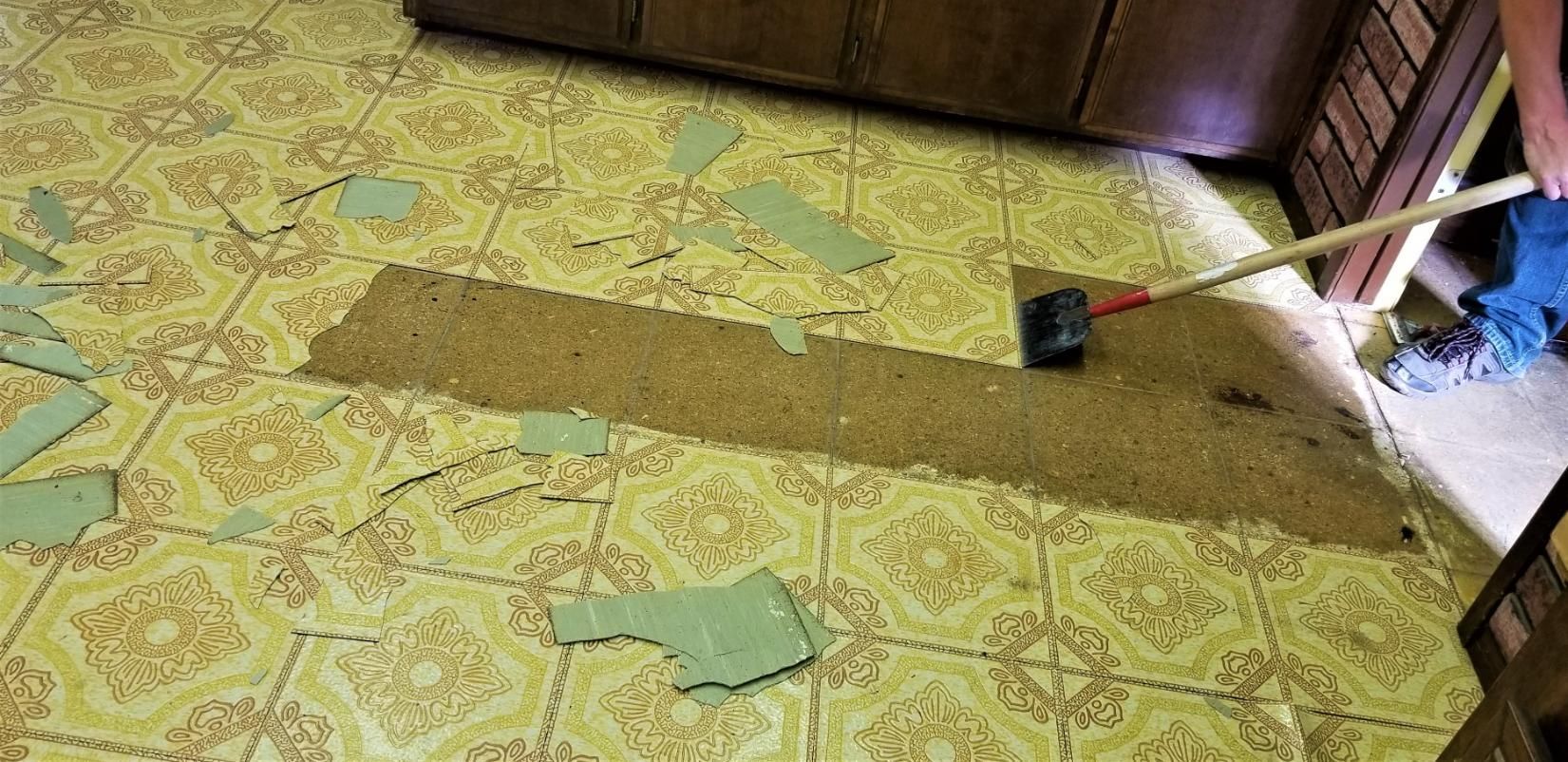
Vinyl floor tiles that might have asbestos come in many colors and patterns. This makes them popular for flooring options. People favored these tiles made from polyvinyl chloride (PVC) for their durability, fire resistance, and insulating properties. Maintaining a safe environment in older buildings hinges on the identification of these tiles.
Visual Indicators of Asbestos

Recognizing asbestos through visual indicators can prevent accidental exposure. Key signs include fibrous material, wavy patterns, and chalky textures.
Fibrous Material
The fibrous nature of asbestos enhances its durability and resistance to wear, making it a key identifier when exposed. When inspecting materials, look for the presence of these fibers, which can signify asbestos content.
Wavy Patterns and Textures
Asbestos siding often features wavy patterns at the bottom edge and wood grain designs, which are strong visual indicators. These patterns were popular because of their aesthetic appeal and practicality, offering resistance to termite damage and weatherproofing benefits.
Chalky Texture
A chalky texture is another telltale sign to help identify asbestos siding. This texture results from the cement-asbestos mixture and can make the material feel denser compared to modern alternatives. Over time, asbestos siding may become brittle and break off easily, leaving a chalky residue.
Age and Condition of Materials

Identifying asbestos heavily relies on assessing the age and condition of building materials. Houses built from the 1940s to the 1970s may have asbestos. Regular inspections need to occur to check for damage or wear.
Home Construction Dates
Homes built in the mid-20th century, especially from the 1940s to the 1970s, are more likely to have asbestos. Many older homes built before the late 1970s or early 1980s may have asbestos in the siding, flooring, or insulation.
Wear and Tear
Asbestos siding can last over 50 years but may eventually crack or crumble with age. Regular inspections are important to find any damage or wear. This damage can raise the risk of releasing asbestos fibers, making asbestos siding unsafe.
Professional Identification Methods
Accurate detection of asbestos requires professional identification methods. Certified asbestos inspectors and laboratory testing play crucial roles in this process.
Laboratory Testing
Laboratory testing involves analyzing samples to confirm the presence of asbestos fibers. Techniques like polarized light microscopy (PLM) and stereo microscopy help identify fiber types and their properties. Researchers perform these tests in controlled environments to ensure accuracy and safety.
Certified Asbestos Inspector
Certified asbestos inspectors are professionals with specialized training to safely identify asbestos-containing materials. They conduct asbestos surveys and take samples for analyzing, ensuring compliance with legal standards.
Health Risks of Asbestos Exposure
Inhaling or ingesting asbestos fibers can lead to serious health risks. Asbestos exposure can cause respiratory issues and lung diseases, which can take decades to develop.
Respiratory Issues
Asbestos exposure can lead to respiratory issues such as coughing, shortness of breath, and inflammation in the lungs. These symptoms can indicate the early stages of asbestos-related health problems.
Lung Diseases
Asbestos exposure can lead to severe lung diseases. Asbestosis, a chronic lung disease, results from inhaling asbestos fibers and causes scarring of lung tissue, impairing breathing. Asbestos exposure exclusively causes mesothelioma, a rare cancer that affects the lining of the lungs.
Additionally, asbestos can elevate the risk of lung cancer, especially when combined with smoking.
Safe Handling and Removal of Asbestos
Licensed professionals should always handle and remove asbestos. This ensures safety and follows legal standards.
Asbestos abatement involves removing, repairing, or encapsulating materials to prevent fiber release.
Asbestos Abatement Company
For safe and compliant asbestos siding removal, it’s imperative to hire certified asbestos removal contractors. These professionals use methods such as wetting the siding before removal to minimize fiber release. Proper disposal techniques, like wrapping the siding in plastic sheeting, are also essential.
Legal Requirements and Local Building Codes
Safe and legal asbestos removal depends on adherence to federal, state, and local regulations. Violating these regulations can lead to substantial fines and penalties.
Always check local building codes before disturbing asbestos materials.
Alternatives to Asbestos Removal
If asbestos siding is in good condition, it can be left alone or covered with new siding. Alternatives to removal, such as encapsulation or installing new siding, can prevent fiber release and maintain safety.
Encapsulation
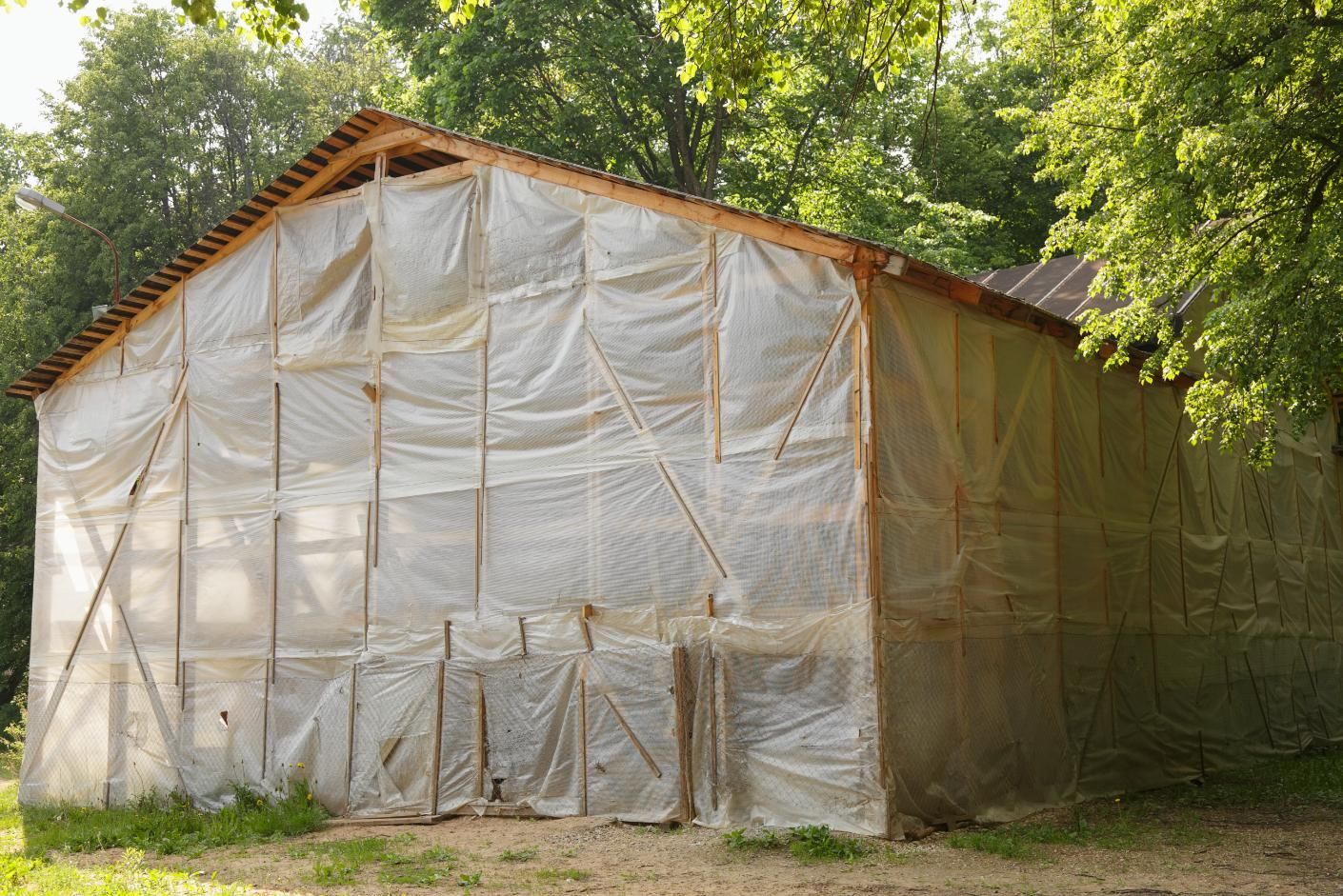
Encapsulation involves applying a protective layer over the asbestos siding to prevent fibers from being released. This method can be a cost-effective and safe alternative to removal.
New Siding Installation
Covering asbestos siding with new materials like vinyl, aluminum, or fiber cement siding is a safer alternative to removal. Siding companies often suggest this method. It helps avoid disturbing the asbestos underneath. Choosing asbestos-free siding shingles is a healthier option for your home.
New siding material can also enhance the home’s exterior appearance and improve insulation.
Summary
In summary, identifying and managing asbestos is crucial for maintaining a safe living environment. To handle asbestos safely, you need to recognize visual signs. You should also understand the health risks. Finally, know when to call in professionals.
Homeowners can protect themselves and their families from the hidden dangers of asbestos by staying informed and being proactive. You can keep your home healthy and free of asbestos.
You can do this by using professional removal or safer options. These options include encapsulation and installing new siding. Taking the right steps is important for your safety.
